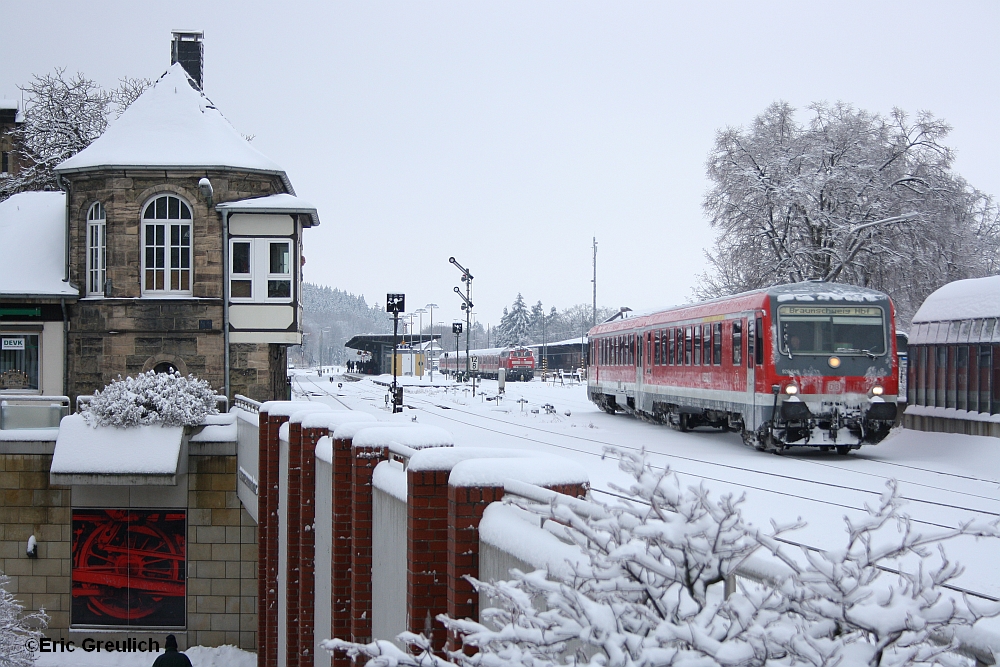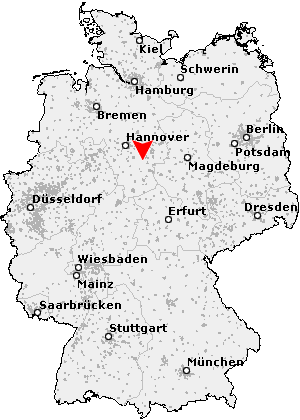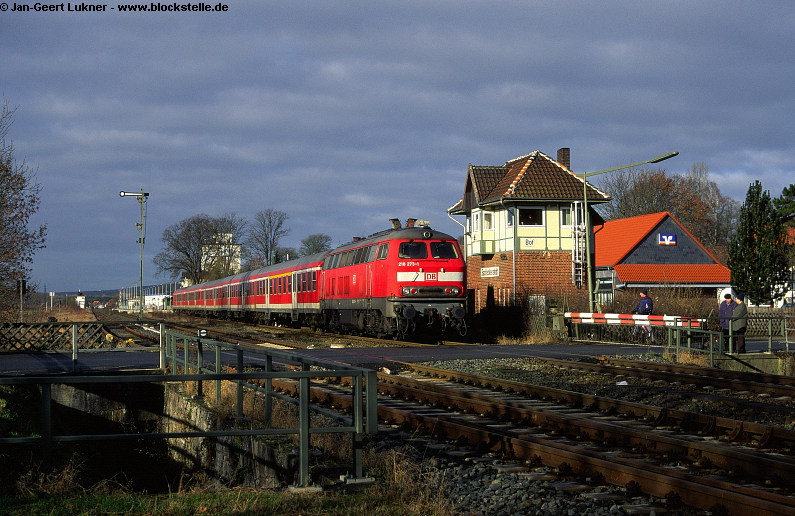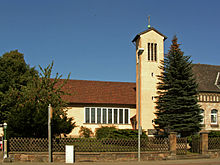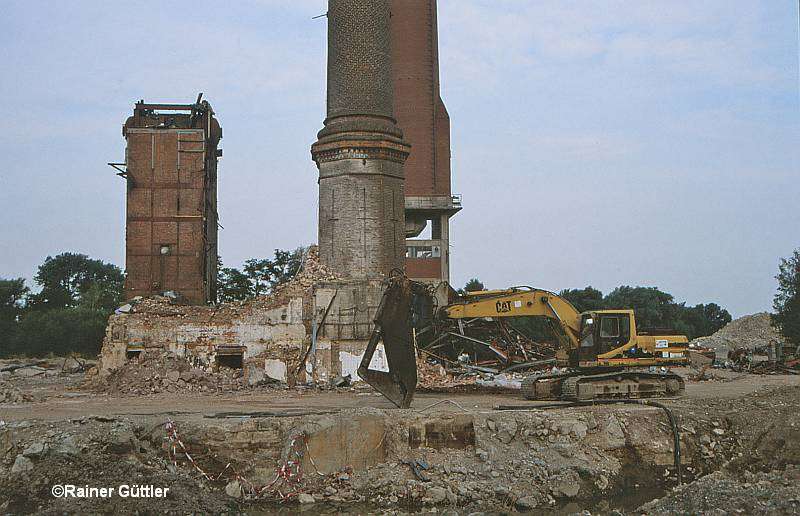Baddeckenstedt
Baddeckenstedt is the central municipality and administrative headquarters of the velvet municipality Baddeckenstedt in the district of Wolfenbüttel, Lower Saxony, Germany.
- 3.1 municipal
- 3.2 Mayor
- 3.3 Coat of Arms
- 3.4 partnership
Geographical location
Baddeckenstedt lies between the mountain ranges Vorholz the northwest, light mountains ( north-western part of the Salzgitter mountain range ) in the East- North-East and Hainberg in the south- southwest in the valley of the core. Starting in the west borders clockwise to Baddeckenstedt the communities Holle ( Hildesheim ) and Burgdorf, the district-free city of Salzgitter and the communities of the Elbe, armies and Sehlde.
The area of the municipality is 20.47 km ².
The municipality is divided into the districts Baddeckenstedt Baddeckenstedt, Binder, Oelber on white ways Rhene and Wartjenstedt.
History
The first written mention of the place is as Batikansteten on July 4, 1109. 1275 sell Wahld Berger counts that were originally in possession of all rights in Baddeckenstedt, the castle Wohldenberg and with their possessions in Baddeckenstedt the Hildesheim Bishop Otto.
1523 after the end of Hildesheim pin feud divided the Brunswick Duke Henry the Younger, the Hildesheimer Large pin and thus the office Wohldenberg with Baddeckenstedt its power range. The Reformation was temporarily introduced from 1542 to 1547 and finally in 1568 after taking office by Duke Julius. 1643 was the Duke of Brunswick the Great pin the Hildesheim Bishop back, but without the lock Oelber and location Oelber on white trails that remained in the Duchy of Brunswick.
1802 annexed Prussia in the secularisation of the Bishopric of Hildesheim, but had to leave after his defeat in 1806 against France, the area to the newly formed Kingdom of Westphalia. However, this broke in 1813 together and the area came to the electorate, from 1814 Kingdom of Hanover. As a result of the Austro-Prussian War, Hanover was annexed in 1866 by Prussia. 1941 have been reclassified from the Prussian district of Marienburg in the Brunswick Wolfenbüttel Baddeckenstedt, Wartjenstedt, binder and Rhene.
1974 Baddeckenstedt administrative headquarters of the newly created Samtgemeinde Baddeckenstedt.
Place name
The root word of the name - stedt means in Germanic -speaking place and was in the region long for the naming of places in use. The determinative of the place name is attributed to the person's name Baduko which is derived from the Old English beado or beadu and as much as struggle means. The first written mention of the town of 1109 the place Batikansteten is called. More mentions of the village are from 1174-95, a Henricus de Batechenstede is mentioned as Badekenstete and 1353 as Baddekenstede, before 1222.
Incorporations
On March 1, 1974, the municipalities Binder, Oelber were incorporated at the white ways Rhene and Wartjenstedt.
Policy
Parish council
The local council of Baddeckenstedt has 13 members, of which six of the SPD and the CDU members since the local elections on September 11, 2011. The FDP has a seat
Mayor
Mayor is Henning King ( CDU).
Coat of arms
Coat Description: Twice divided diagonally left of blue, is in a row of five golden (yellow ) diamonds, gold ( yellow), in the Oelber castle on white trails, and red, is a golden (yellow ) Wheat.
Partnership
Since May 10, 1991, there is a partnership in the context of a cooperation agreement with the municipality Klöden ( Wittenberg district ) in Saxony- Anhalt.
Culture and sights
- Castle Oelber built in Oelber on white ways in 1588 on the foundations of a moated castle of the 12th century, is the oldest and most famous building of municipality
Traffic
The Baddeckenstedt railway station is on the railway line Hildesheim - Goslar; here hold regional trains in Hannover, Bad Harzburg and Halle ( Saale). The next major roads are the motorways A7 and A39 as well as the Federal Highway 6
Religions
In Baddeckenstedt is the Evangelical St. Paul's Church ( at the church 5). Today, the church belongs to the provost Goslar.
In addition to the mission house of the 19th century, the Catholic Church of St. Albert the Great was 1956/57, built ( to catch 32), designed by Josef Fehlig. Today, the church belongs to the parish of St. Hubertus ( Wohldenberg ).



